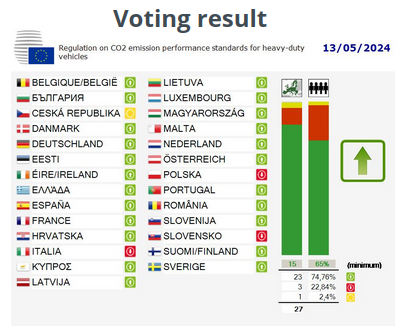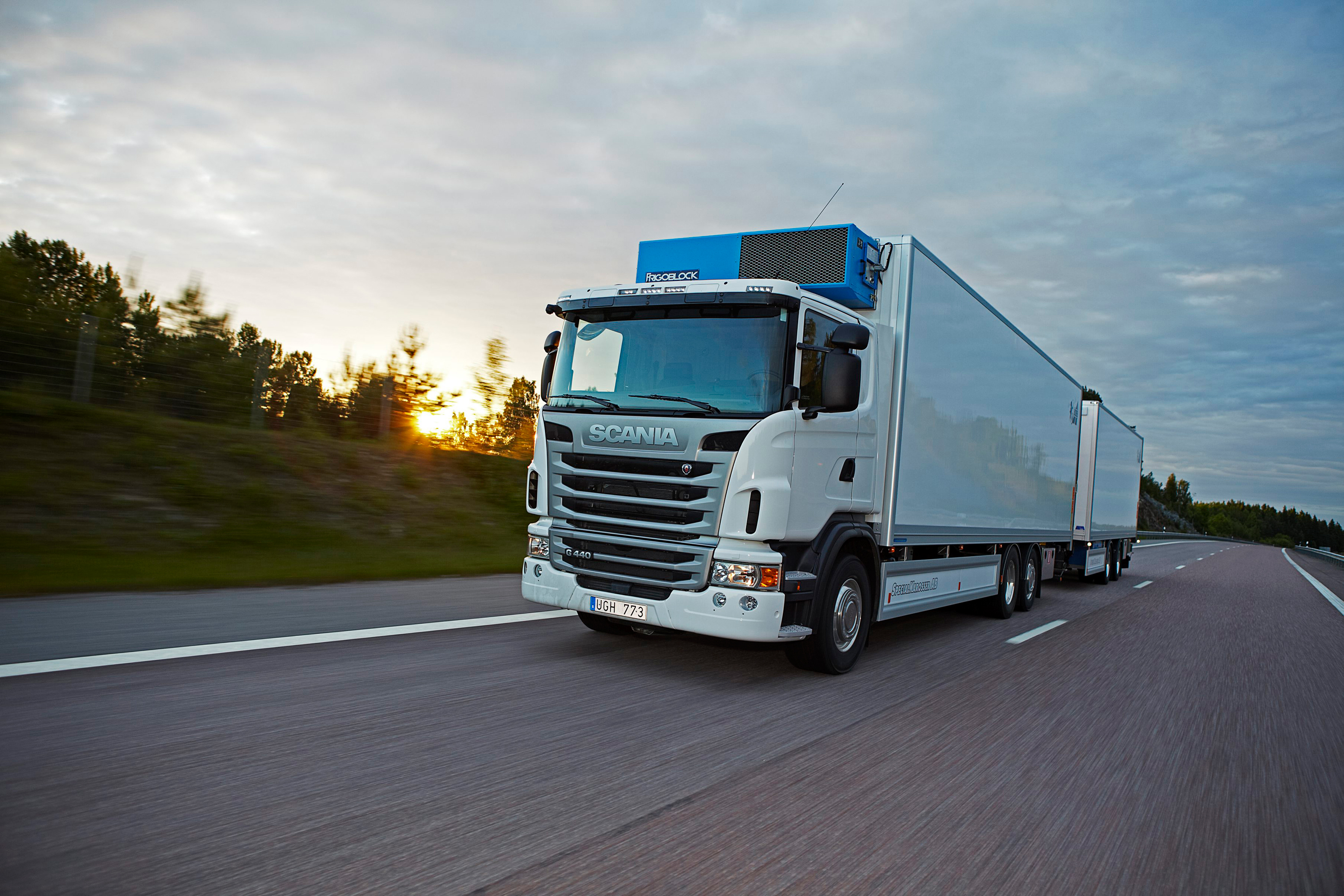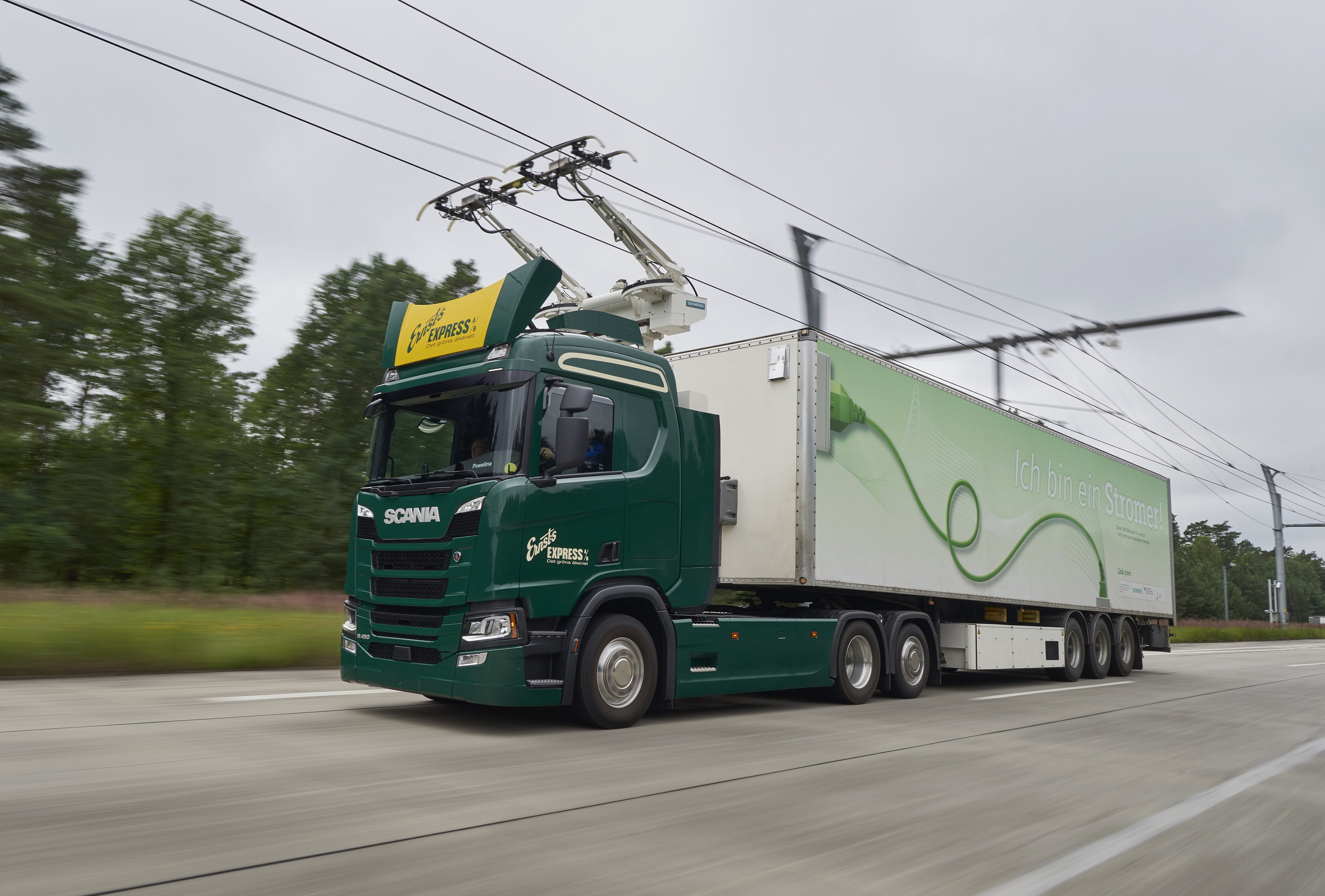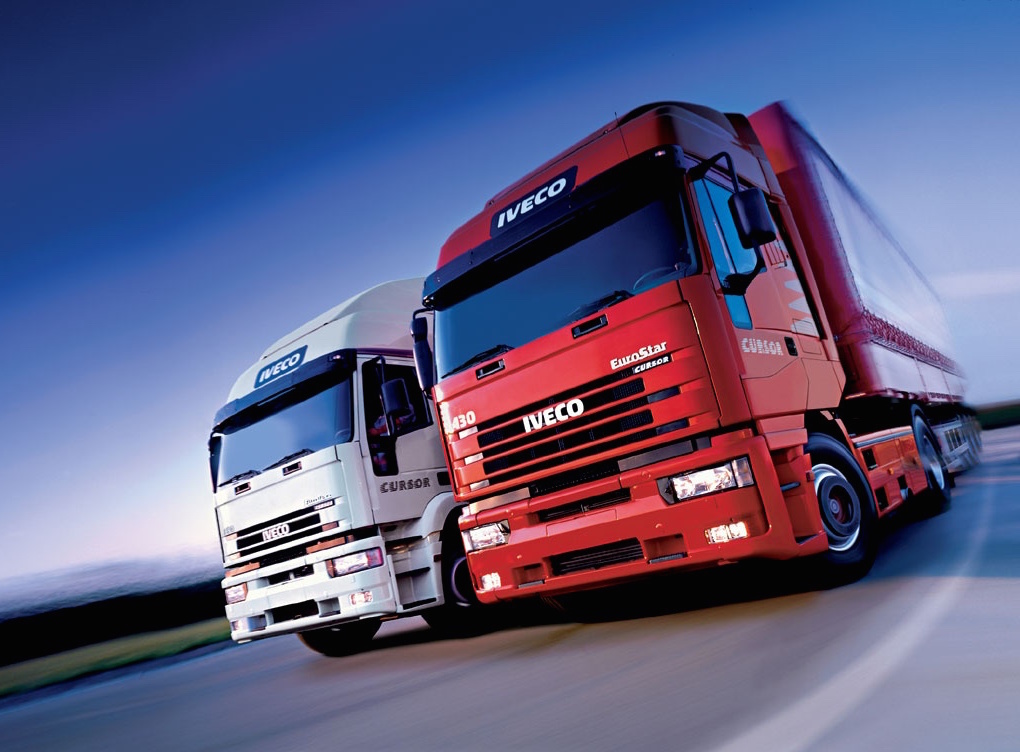Brussels – The EU launched the heavy mobility reform. The EU Council formally adopted the proposed regulation, further reducing the greenhouse gas emission target for trucks. A vote from which Italy, Poland, and Slovakia walked away, speaking out against requirements seen as excessive. The combination of targets and time horizons, seen as too restrictive, fails to convince, which is why the Czech Republic abstained at the time of the vote.
 Under the new rules, which come into effect 20 days after the publication of the text in the Official Gazette, the target of cutting emissions by at least 15 percent for 2025 for vehicles weighing more than 16 tons remains firm. In addition, to meet the Fit for 55 goals, which aim to reduce greenhouse gas levels by 55 percent compared to 1990 levels, for medium trucks, heavy trucks weighing more than 7.5 tons, and coaches, it becomes mandatory to reduce emissions by 45 percent from 2030, moving to a further 65 percent reduction starting in 2035, and then to a 90 percent cut from 2040.
Under the new rules, which come into effect 20 days after the publication of the text in the Official Gazette, the target of cutting emissions by at least 15 percent for 2025 for vehicles weighing more than 16 tons remains firm. In addition, to meet the Fit for 55 goals, which aim to reduce greenhouse gas levels by 55 percent compared to 1990 levels, for medium trucks, heavy trucks weighing more than 7.5 tons, and coaches, it becomes mandatory to reduce emissions by 45 percent from 2030, moving to a further 65 percent reduction starting in 2035, and then to a 90 percent cut from 2040.
There is also a transformation of how people get around in the city. The new regulation introduces a zero-emission target for new city buses by 2035, with an intermediate target of 90 percent by 2030. The goal does not affect inter-urban buses, which are exempt from meeting these targets.
The heavy vehicle sector is responsible for over 25 percent of greenhouse gas emissions from road transport in the EU. That is why the EU has decided to take action to try to make a sector considered too polluting more environmentally sustainable. The European Green Deal has put its hand back on a sector for which there is no shortage of reservations. The hope of those who today failed to sign off on the new rules is that they will be rewritten. The Commission will review the effectiveness and impact of the revised regulation in 2027.
English version by the Translation Service of Withub







